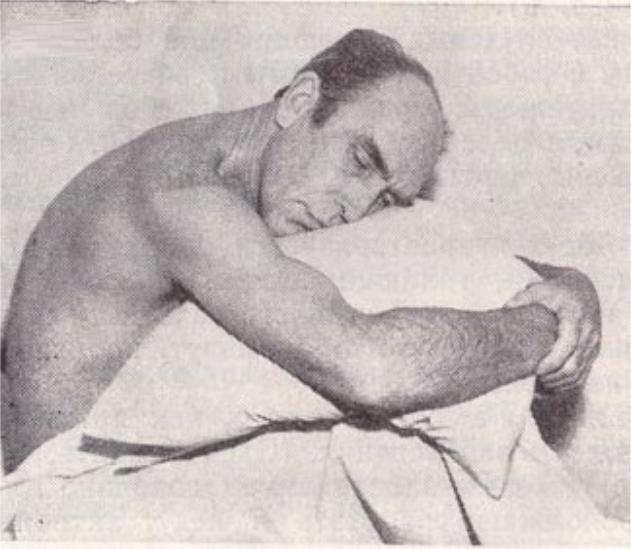
- •II курс, семестр IV, лекция III
- •Anatomy of cardiovascular system
- •Surface marking of the valves of heart
- •Conducting system of the heart
- •Complaints
- •Chest pain
- •Chest pain
- •Pain
- •Main cause of coronary pain
- •Description of angina by patients
- •Localization and radiation of typical coronary pain
- •Duration of pain
- •Pain relief
- •Summary on coronary chest pain
- •Angina is unlikely
- •Classification of chest pain
- •Distinguishing between angina and cardialgia
- •Dyspnea
- •Suffocation
- •Cough. Haemoptysis
- •Palpitation and arrhythmia
- •Edema
- •Anamnesis morbi et Anamnesis vitae
- •Examination of patient with cardiovascular diseases
- •Plan
- •Examination of patients with CVD
- •Examination of patients with CVD
- •Examination of patients with CVD
- •Examination of patients with CVD
- •Facies mitralis
- •Examination of patients with CVD
- •Examination of patients with CVD
- •Examination of patients with CVD
- •Examination of patients with CVD
- •Examination of patients with CVD
- •Examination of patients with CVD
- •Examination of patients with CVD
- •Examination of patients with CVD
- •Examination of the heart
- •Examination of the heart
- •Examination of the vessels
- •Palpation of the heart
- •Myocardial hypertrophy
- •Dilation
- •Types of cardiomegaly
- •Types of cardiac overload
- •Increased postload
- •Increased preload
- •Remodelling of the heart
- •Palpation of the heart
- •Sequence of palpation of the heart
- •Apex beat
- •Palpation of apex beat
- •Apex beat shift
- •Apex beat shift
- •Features of apex beat
- •Features of apex beat
- •Palpation of apex beat
- •Palpation of right ventricular lift
- •Epigastric pulsation
- •Pathologic pulsation
- •Palpation of main arteries
- •Pathologic pulsations
- •Heart thrill (purring thrill)
- •Heart thrill (purring thrill)
- •Percussion of the heart
- •Rules of percussion
- •Borders of relative dullness
- •Detection of relative dullness
- •Detection of relative dullness
- •Detection of relative dullness
- •Transverse size of the heart
- •Borders of vessel bundle
- •Absolute dullness
- •Configuration of the heart
- •Normal configuration of the heart.
- •Mitral configuration
- •Aortic configuration
Cough. Haemoptysis
Cough
Congestion of blood in pulmonary circulation Occurs and increases in supine position
Pulmonary embolism
Dry or productive, sometimes with haemoptysis
Haemoptysis
Congestion of blood in pulmonary circulation and passage of RBC through capillary wall

Palpitation and arrhythmia
Causes:
Supraventricular and ventricular ectopic beatsAtrial fibrillation
Paroxysmal supraventricular tachycardiaParoxysmal ventricular tachycardia

Edema
Accumulation of fluid in tissues and cavities of the organism Cardiac edema:
Start from the anklesSymmetric
Increase in the evening
Causes:
–Low contractility of right chambers of the heart;
–Pulmonary hypertension;
–Right ventricular MI;
–Dilated cardiomyopathy;
–Myocarditis

|
Edema syndrome |
Ascites |
Hydrothorax |
|
Ascites is accompanied |
|
by edema of anterior |
|
abdominal wall |
Main mechanism of fluid accumulation in pleural cavities: elevation of hydrostatic pressure in both circuits of circulation
Anamnesis morbi et Anamnesis vitae
Intensity of symptoms
Duration of symptoms
Results of previous investigations
Results of previous treatment
Compliance to treatment
History of infectious diseases
Surgical history
Family history (Family history of premature CVD)
Harmful habits (smoking, alcohol abuse, narcotics)
Examination of patient with cardiovascular diseases
Plan
Condition
Consciousness
Position
BMI
Skin, subcutaneous fat, visible mucus layers

Examination of patients with CVD

Examination of patients with CVD

